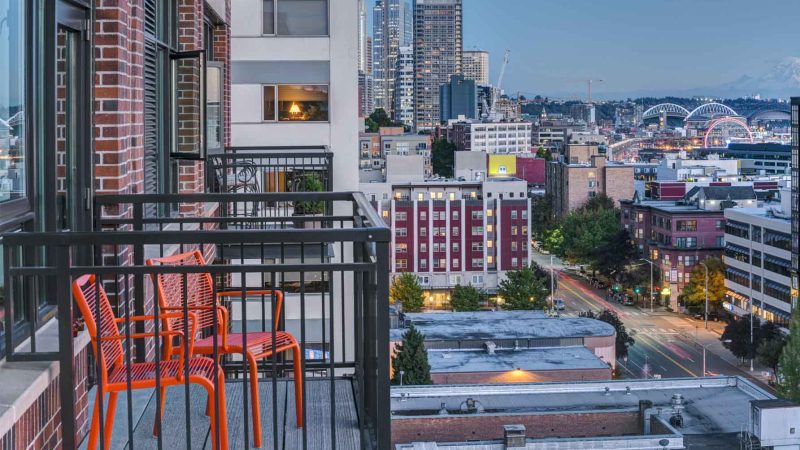There are no questions about purchasing building insurance when you own your home or business structure. But, how does insurance apply when your home is a condominium (condo) and ownership applies to only a portion of the building? This is a serious question for many people as the popularity of condo living increases. It’s an excellent alternative to living in an apartment and offers the advantages of ownership without the extra work of lawn care and snow removal. Without the right information, condo owners can find themselves responsible for out-of-pocket expenses they thought were covered by their insurance policy.
The Condominium Association
The fees collected by your condominium association covers commonly owned property. Commonly owned refers to the property the individual owners share, such as hallways, walkways, exterior portions of buildings, swimming pool, sauna, work out room, and recreational facilities. Association fees do not cover your individual unit, and the owner is responsible for insuring everything within their unit.
The Master Policy
The condominium association master policy must clearly indicate the portions of the complex that are the association’s responsibility, paid for by association dues, and which area of the complex is the responsibility of the unit owner. If you don’t have a clear understanding of what your insurance responsibilities are, take the time to ask questions and find out. There are two types of master policies.
Bare-Walls-In Policy – This master policy covers only the structure from the exterior framing and inward, but does not cover any installations or fixtures within the condo. Items not covered include, carpeting, countertops, tile flooring, bathroom fixtures, or any other type of installation. If this is the type of master policy your condominium association has, you will need to get extensive coverage for everything in your unit.
All-In Policy – If this is the type of master policy your association has, the coverage is more extensive and covers all installations, including kitchen and bathroom fixtures, countertops, carpets, tile floors, ceilings, additions within the interior portion of the walls. Additions can include cabinets, bookcases, or shelving.
What Is The Master Policy Deductible And Who Pays For It?
Most master policies include commercial insurance coverage for the portions of the condominium complex that all individual unit owners use, including all common areas.
If there is major structural damage from a fire or weather event, the association will submit the insurance claim on behalf of the condominium owners. The deductible will be assessed against all the owners in the complex. Current deductibles seem to be climbing, and some have reached as high as $50,000. The responsibility for the deductible is divided among the unit owners. If there were ten unit owners, a $50,000 deductible would cost each owner $5,000.
The association’s bylaws should include complete information on the insurance coverage and specify all responsibilities of the individual unit owners, as well as those of the association. Be sure to read a copy before signing any contracts.
Your Personal Insurance Requirements
In addition to being responsible for a percentage of the master policy deductible, you need insurance for your individual unit. Deciding on the amount of coverage you need depends on the replacement cost of flooring, carpets, cabinetry, and other installations. Get some estimates for these costs to aid in determining the amount of insurance you need. You can purchase either a cash-value policy or a replacement-cost policy.
Cash-Value Policy – This policy only pays the remaining value of an item after depreciation. You can be left with expensive replacements costs, if your insured items are several years old.
Replacement-Cost Policy – This policy pays the amount it costs to replace the lost article. If you have a three-year-old refrigerator, the policy will pay the amount to replace it with a new one. This policy is the wisest choice for most condo owners.
Insuring contents and structure is important. Think of your condo as a box full of items. Tip the box over, and what falls out is your content. What remains is your structure. The structural elements include the lighting, cabinets, floors, carpets, and countertops. The contents include everything inside your condo, such as appliances, furniture, artwork, computers, televisions, clothing, and jewelry.
Do some investigating before purchasing your condo and be sure you know what the master policy includes. A little preparation before you make the purchase will keep you and your condo well protected in the event of damage.

